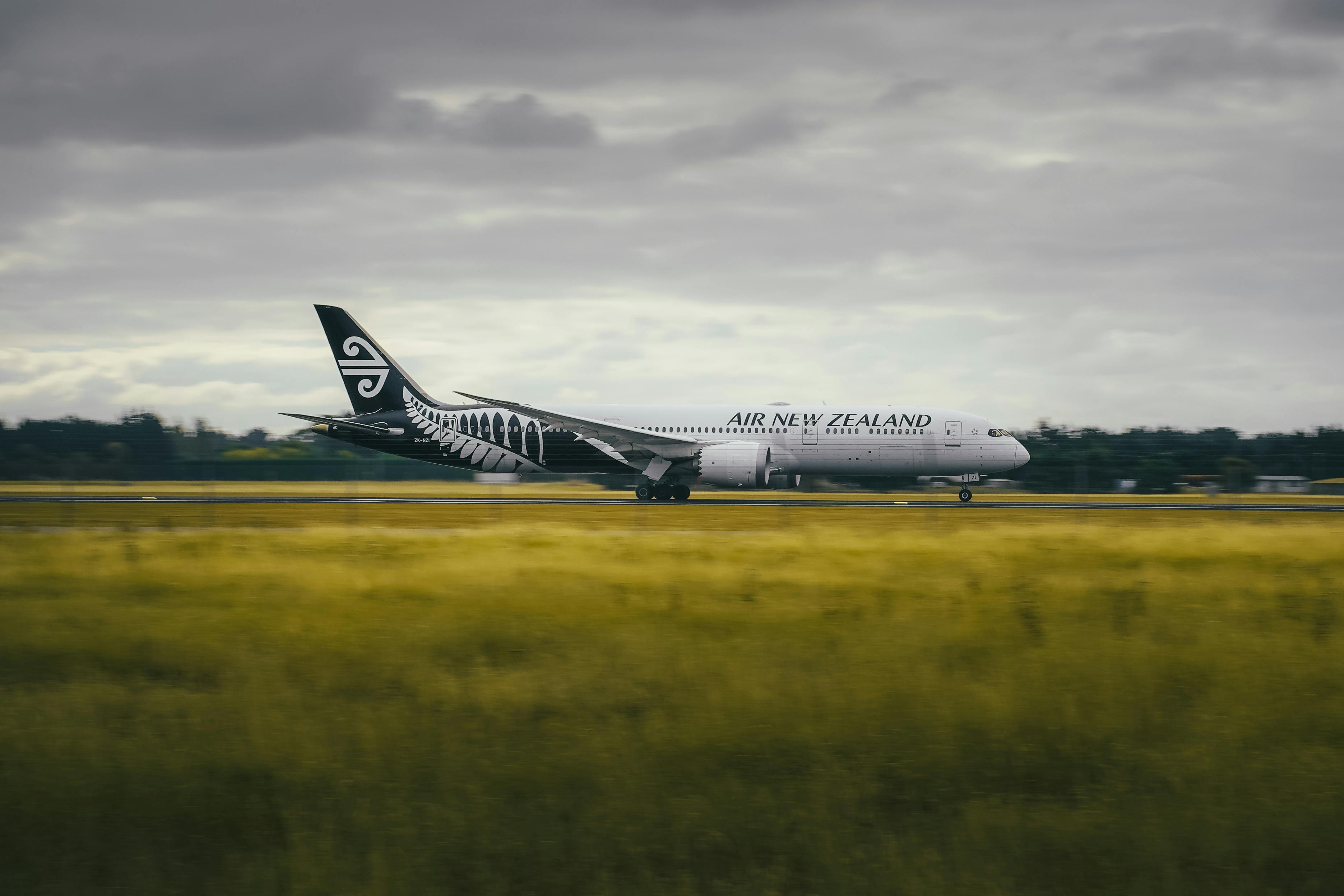
Introduction
On June 12, 2025, tragedy struck as Air India Flight AI171, a Boeing 787-8 Dreamliner, crashed shortly after takeoff from Ahmedabad on its way to London. The crushing impact of this disaster claimed the lives of 241 individuals onboard, alongside at least 28 casualties on the ground. This catastrophic accident has raised pressing questions about aviation safety, regulations, and technological reliability in modern aircraft.
A Historical Context of Air Travel Safety
Air travel has always been considered one of the safest modes of transportation. Throughout the decades, international aviation authorities have implemented a multitude of safety measures aimed at minimizing accidents. However, this incident serves as a harsh reminder that despite advancements in technology and safety protocols, the specter of disaster remains a solemn reality. In recent years, the aviation industry has seen several high-profile incidents that have prompted thorough investigations and enhanced scrutiny of safety standards.
Immediate Aftermath: Reaction and Investigation
The immediate response to the crash was one of shock and mourning, not only within India but also globally. The Aircraft Accident Investigation Bureau (AAIB) of India quickly mobilized a team of experts to examine the wreckage and retrieve critical data from the aircraft’s black boxes—the Flight Data Recorder (FDR) and Cockpit Voice Recorder (CVR). As the investigation commenced, the spotlight turned, naturally, on the aircraft’s advanced technologies, including its fly-by-wire systems and onboard automation components.
Understanding the Black Box Data
The black boxes are critical in understanding the sequence of events leading up to the crash. They contain invaluable information regarding flight parameters such as speed, altitude, and engine performance, as well as cockpit conversations that could shed light on the crew’s actions and decisions during the final moments.
Preliminary investigations indicated that the aircraft may not have climbed sufficiently, leading to a stall at approximately 600 feet before plummeting to the ground. Engineers and investigators are examining several potential causes for this tragic loss, including:
- Misconfiguration of flaps or slats
- Delays in landing gear retraction
- Possible sensor or avionics failures
- Engine thrust anomalies during takeoff
A rigorous investigation, supported by teams from international aviation entities such as the U.S. National Transportation Safety Board (NTSB) and Boeing, began as they collaborated with Indian authorities.
Scrutiny of the Boeing 787’s Flight Systems
The Boeing 787 Dreamliner is touted for its exceptional technology, including advanced fly-by-wire capabilities that streamline pilot operations and enhance flight safety. However, the questions surrounding its reliability are now front and center.
Investigation Focus Areas
Investigators are particularly interested in the possibility of sensor discrepancies that could have misled the aircraft’s systems about altitude and airspeed. There is concern over whether software issues contributed to errors in thrust application or flight settings. Additionally, the Ground Proximity Warning System (GPWS) is being analyzed to determine if it functioned correctly.
Engines and Avionics Examination
The aircraft was equipped with GEnx-1B engines from GE Aerospace, which generally have a reliable safety record. Nonetheless, these engines are undergoing an extensive forensic examination to identify any mechanical or electronic failures that could have contributed to the crash.
In particular, attention is being paid to the telemetry data from sensors within the engine nacelles to determine if faulty readings impacted engine performance and overall lift.
The Role of AI and Automation
Boeing’s 787 utilizes sophisticated AI systems to assist pilots in monitoring crucial flight parameters, which raises important questions during this investigation. Did these systems misinterpret data due to sensor malfunctions? Did the automatic systems offer inadequate warnings to the crew?
As investigators tread this complex web of technology, human-machine interaction will be a pivotal theme. Determining whether the flight crew relied on flawed data or whether automated systems misjudged the aircraft’s status will be key in understanding this disaster.
Technological Innovations in Evidence Collection
The ongoing investigation employs state-of-the-art technology to reconstruct the crash site. Mapping of the crash zone utilizes Lidar scanners, drones, and infrared imaging to create 3D models from debris scattered across the area. AI software is deployed to analyze video recordings, satellite images, and thermal readings taken around the time of the crash.
This marks a significant advancement in aviation accident analysis, with Indian authorities embracing Quantum Computing resources to digitally reconstruct the flight dynamics and environmental conditions before the disaster.
Public Reaction and the Course Ahead
The fallout from this disaster has ignited global concerns about Boeing’s safety practices, particularly given the manufacturer’s recent struggles following the 737 Max incidents. Following the crash, Boeing’s stock plummeted by approximately 9%, reflecting investor anxiety.
In response to the accident, India’s Ministry of Civil Aviation has ordered a comprehensive review of all Dreamliner aircraft in service and initiated talks with aviation technology firms for developing domestic safety solutions.
Experts, like aviation policy analyst Dr. Anjali Mehta, stress the necessity for a comprehensive auditing system that ensures rigorous verification and accountability within the aviation sector.
Conclusion: The Path to Future Safety
As the investigation into the circumstances surrounding Air India Flight AI171 continues, the industry awaits critical insights that could shape the future of aviation safety. One certainty remains: technology will play an imperative role in unearthing the truths embedded within this tragedy. The confluence of advanced sensor diagnostics, AI integration, and improved regulatory frameworks may hold the key to preventing such disasters in the future.
For India’s aviation sector, this incident represents a turning point—a call to action for innovation, regulation, and a commitment to upholding the highest standards of safety. As the world watches and learns, the momentum for change could define the next chapter in global aviation history.